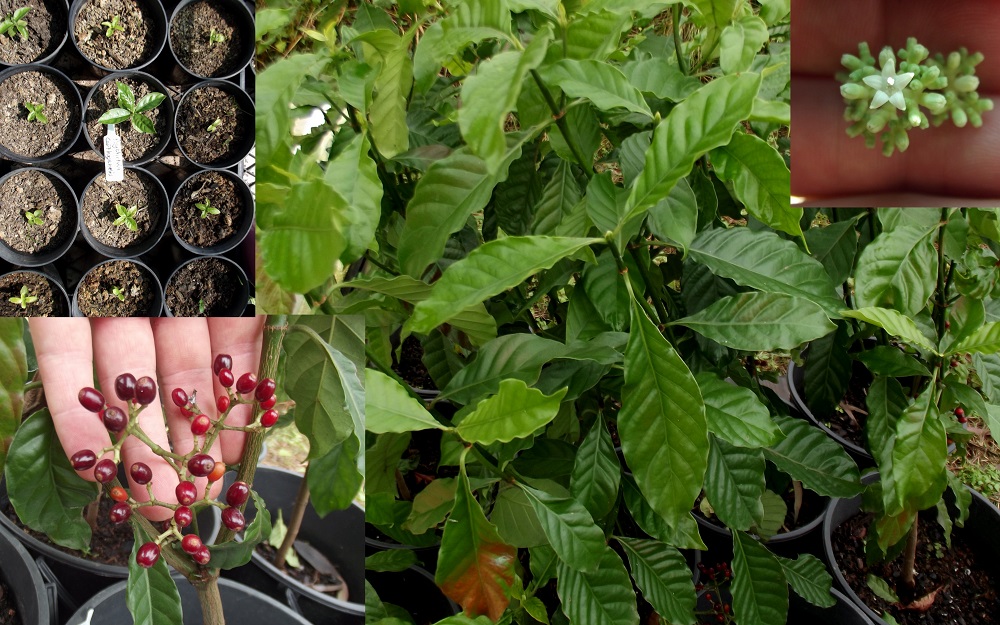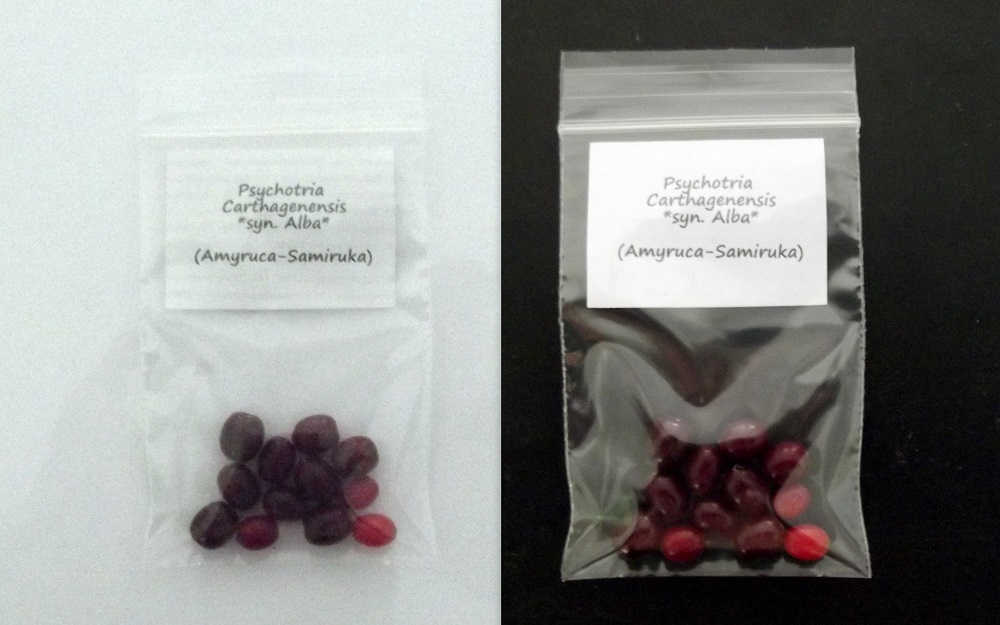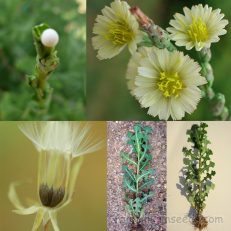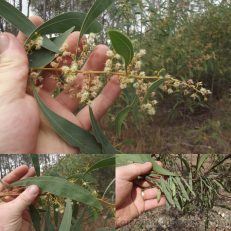Please read text!
Psychotria Carthagenensis Alba Amyruca Samiruka Fresh Berries
Packet of 10+ Super fresh picked berries as per the picture!
Each berries will have one seed, many will have two.
The actual berries are like mini olives, and because they are soft many will be mashed and squished a bit in their baggie on arrival.
Not a drama, to be expected, and as the seeds are like little disk shaped stones it won’t affect them at all.
On arrival you can wash thoroughly, and plant immediately in a shallow well drained, moist soil. (highly recommended).
Or refrigerate as is, and plant in a couple weeks or months(not a bad idea, but I would plant right now and that way they may be sprouted in a couple months. Less risk of mould too).
You can wash, dry and store for up to 2 years before planting (same as a lot of vendors do)
You can sun dry whole and store for up to 2 years before planting (said to be better than washed and dried, but watch out for mould!)
Lots of controversy and confusion surrounds this fella so first of all I will start with propagation.
Easy to grow, but can take ages, and should be considered a gamble like all other Psychotria species.
Fresh seeds like this are ideal, but that said I have had really old dry clean seeds and even older dried still in berry seeds strike after a few months, so storage of this fella is an option if needed, although the germination rates and times will be much much lover than with these fresh guys.
Plant shallow and keep moist, using a well draining soil mix. A plastic bottle as a “humidity dome” or using a fish tank terrarium is said to help, but I honestly never bother these days, soil, dirt, water and plenty of patience is all you need.
Much easier to grow than Psychotria viridis, and used commonly in a lot of places for brewing Ayahuasca, particularly by the União do Vegetal or UDV of Brazil.
For several years if you bought Psychotria viridis seeds(even now sometimes) this is the fella you got, and due to its lower alkaloid content than Psychotria viridis (debatable), it was scorned by may, seen only as a useless imposter or a fake. This information has changed over time and it seems different strains have different naturally occurring chemical components, and its added hardiness has caused many folks to reconsider it.
Of the five sources of Psychotria carthagenensis/alba I had originally, this is the one that has survived the selection process at my place.
Best of the lot, super hardy, fast growth, and very pretty too.
It is debatable whether Psychotria carthagenensis is the same as Psychotria Alba.
For example Western Australian quarantine says it is, and Alba is a syn of Carthagenensis but I have it on good authority from other folks that they most definitely are distinct from one another. I will stay right out of that discussion, but here are some other names this lot are known as>
Psychotria carthagenensis, Psychotria carthaginensis, Psychotria alba, White flowering Psychotria, Psychotria ficigemma, Psychotria fockeana, Psychotria foveolata, Psychotria sagraeana, Psychotria albacostata, Psychotria macrophylla subsp. albacostata, Mapouria rigida, Mapouria fockeana, Tapiphyllum cinerascens laevius, Uragoga alba, Uragoga carthagenensis, Uragoga foveolata, Vangueria velutina var. laevior, rami appane, rani appani, sameruca, wy-soo-do, yage, yage chacruna, amyruca and samiruka.
Based on what I can see, there isn’t any major visual differences, except some have more of the small spine like structures under the leaves than others. They all make them when they are big and healthy enough though, and this one in particular makes more than the others, and that, its faster growth, hardiness, and other characteristics are the reason I have stuck with it.
The large glossy leaves make a great ornamental plant, and the seasonal white flowers and glossy red berries really add to it’s beauty.
Fresh seeds are best, and I don’t have a lot, so if you want them, you better be quick!
Grown by me and the Mrs organically, no chems, no nasties, no problems!!!




